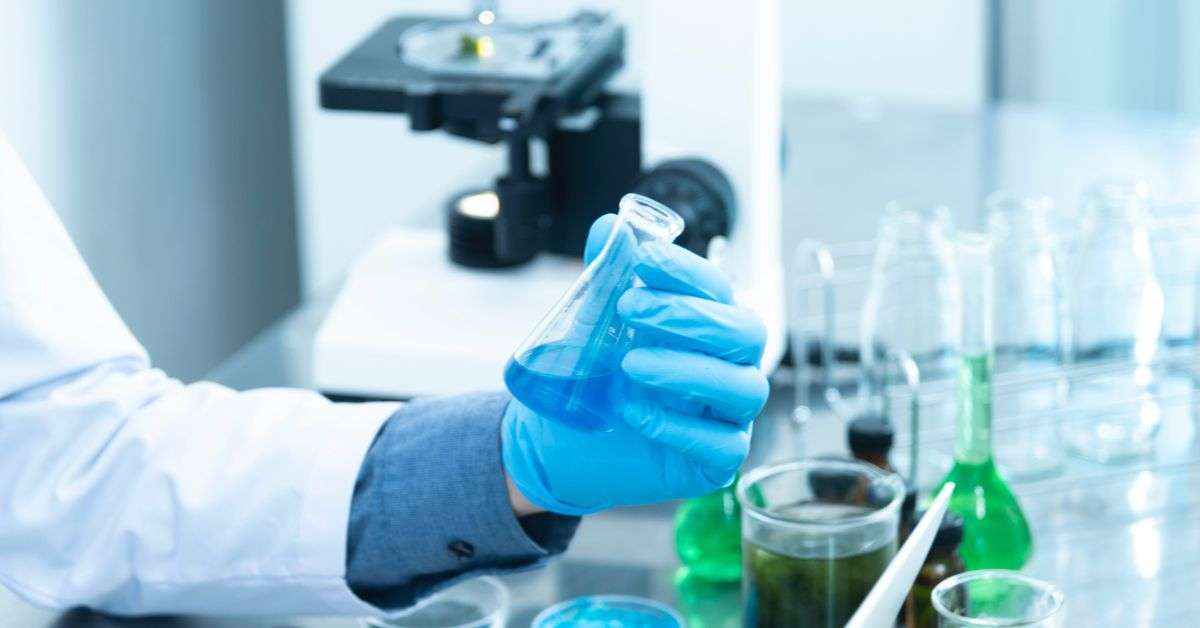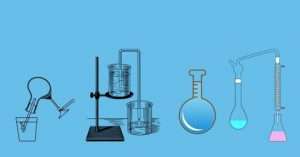Hardness Test apparatus Requirements
- Take 50 ml water sample
- Conical flask 250 ml
- Ammonia buffer solution: Dissolve 67.5 gm of ammonium chloride in 570 ml of ammonium hydroxide and dilute to one liter with deionised water.
- Eriochrome Black -T indicator: Dissolve 0.5 gm of EBT in 10 ml Methanol & makeup to 100 ml
- 0.02 N EDTA Solution: Take 3.723 gm of EDTA in the 1 lit. volumetric flask. Add DM water to 1000 ml mark in the flask.
- Inhibitor for Heavy metals: Dissolve 5.0 g sodium sulfide (Na2S.9H2O) in 100 ml Distilled water.
Hardness Test Procedure
- Take 50 ml Sample in a 250 ml conical flask.
- Add 2 – 4 ml Ammonia Buffer and mix by stirring.
- Add 3-4 drop EBT indicator.
- Titrate against 0.02 N EDTA solution.
- Check for the end point – Wine Red to Blue color.
Water Hardness Test Video guide
Hardness Calculation:
Total Hardness as CaCO3 (ppm) = (TV X Normality of EDTA X 1000 X 50)/ Sample volume
Note: If heavy metals like Iron are high, add 1 ml of inhibitor solution in hardness
test.
If alkalinity is more than 300ppm, take 50 ml water sample add 2ml HCl and boil for
half an hour and proceed for hardness analysis.




